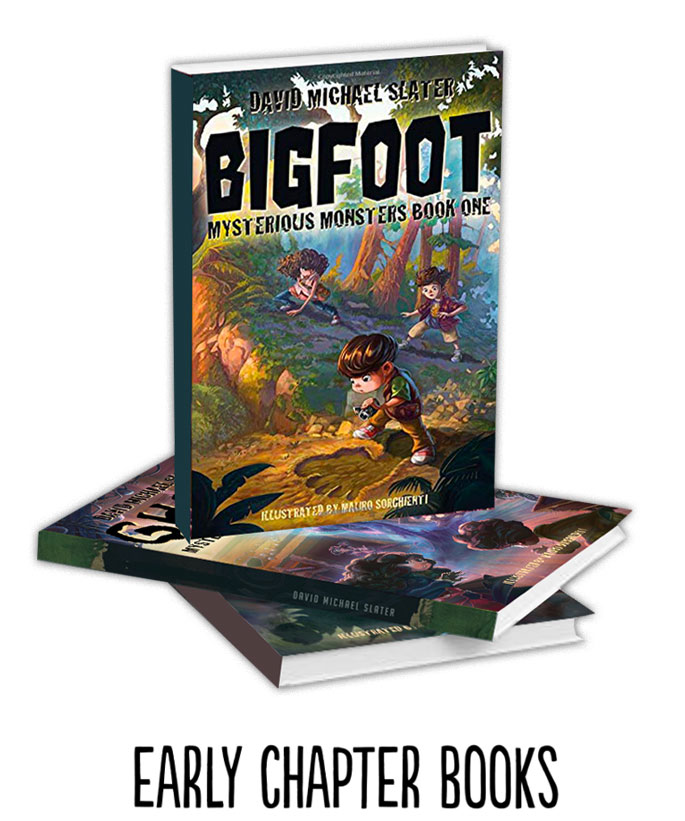
Expert advice on helping kids get creative with arts projects
Photo by Robert Collins used by permission via Unsplash.
As parents, we know we can’t teach our kids to be creative. But many of us wonder: Are there ways to help encourage creativity in children? What might we do to create the conditions for creative experiences, so that our kids can build the creative thinking and curiosity that will serve them in the future?
The Remake Learning Days Across America festival (RLDAA) is all about helping kids develop their sense of creativity, perseverance and curiosity. As we look ahead to next year’s festival, we’ve begun asking creative adults for their thoughts on fostering creativity in relation to RLDAA’s six Learning Themes: Arts, Maker, Outdoor Learning, Science, Technology and Youth Voice.
To explore artistic creativity, the RLDAA team sat down with author David Michael Slater, who grew up in Pittsburgh and writes nonfiction and fiction books for kids and adults. As a teacher and a parent, he’s thought a lot about what encourages creativity and what might slow it down.
RLDAA: How can parents help support their kids’ creativity around things related to the arts?
SLATER: The best way parents can foster a creative life for their children is to model one. We know that parents who read with their kids, who fill their homes with books, who regularly discuss books as part of normal family life, are likely to raise kids that read. And from my experience as a teacher, I am never surprised to find that my most creative kids come from creative families.
The next level—if one has the means, and especially if creativity is just not a parent’s forte—is to expose your kids to as many types of art and artists as you can. Encourage all forms of expression, disparage none. Inculcate a belief that no life is fully lived without some appreciation of and engagement with the arts. Encourage playful experimenting. Let your kids gravitate to what feels right and cheer them on along the way.

RLDAA: You are a storyteller who has created fictional worlds for younger and older readers. Did you do a lot of creative projects as a kid?
SLATER: I don’t think I had extraordinary encouragement in the arts, but I was exposed to them. My parents had the wisdom to buy me any books I would read, even if every single one for several years had to have NFL or Pittsburgh Steelers in the title. They never once disapproved of a book I was reading. That let me progress to more sophisticated texts when I was ready for them. When I brought home poetry or art projects from school, they were never anything but encouraging. And I can say the same about the teachers that assigned them.
I attended an experimental elementary school on the campus of the University of Pittsburgh called Falk School, which was committed to using creative experiences to teach. So I’m sure that had some effect on me as well. On vacations with my family, a museum visit was almost always on the itinerary, and I also had the privilege of attending summer camps that always had some kind of art and music programs. I was also fortunate never to have friends that scored artistic expression.
RLDAA: As an adult, what would you say helps to spark your creative ideas?
SLATER: With my picture books, it’s usually some pun or other type of wordplay. For example, my next is a book called BEAR WITH ME, about a boy who takes his stuffed bear to the first day of school because he’s nervous. The bear comes alive to represent some anxiety-related behaviors the boy exhibits — and so his teachers must bear with him. For my teen novels, I’m attracted to magical realism and alternate histories. My work for adults, thus far, has all related to my lived experiences in some way. The short answer is I like ideas that have levels to them, from silly humor to real psychological depth.
RLDAA: Is it important to let kids know that a “creative project” doesn’t have to be something big and definitely doesn’t have to lead to a perfect outcome?

SLATER: I think there’s a point — art school, perhaps—when demonstrating technical skills is non-negotiable, and one needs an expert to clearly assess what is lacking and what is required for improvement. But before that, I would strongly discourage any kind of grading that isn’t based solely on effort. Demanding perfection in children, in any area, in my opinion, is the fastest route to killing whatever passion one hopes to inspire in them. In all areas of education, we need a radical re-understanding of failure, which should be, rather than feared indicators of permanent defects, expected and celebrated proof that someone is pushing their boundaries. I would go so far as to argue that if one is not failing at new endeavors, one is probably not working hard enough.
A few years ago, my teaching team held a “Failure Fair,” for our students. It was very hard for them to embrace the idea of creating science fair-like projects detailing failures and to talk about them with friends, family, and even strangers, but when it was over, they admitted to finding it liberating to see everyone else failed as hard (or harder) than they had. They told us that it felt like they’d been given permission to keep failing on their travels towards success.
RLDAA: Were there ways that adults made some space or encouraged your creativity when you were growing up?
SLATER: I think I benefitted from having parents and teachers who encouraged creativity and can’t recall any time something I produced was scoffed at. I had teachers that encouraged my writing at various times in my academic career.
RLDAA: When a child completes a project, what kind of encouragement do you think is most valuable?
SLATER: I think the best response to a child’s first successes in any endeavor is some form of “You must be so proud of yourself.” I believe that type of reaction can profoundly help a child internalize the reason for and benefits of artistic expression, which is, primarily, to enhance their own experience of life–rather than to impress someone else (“I am so proud of you”). After that, celebrating the art by simply displaying it or sharing it with guests speaks volumes about what you think about it. It becomes unnecessary to say how wonderful their artwork is. Saying you are so excited that they are finding satisfaction in doing art sends the message: Keep going.